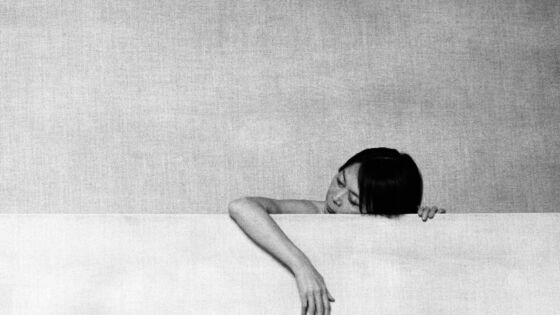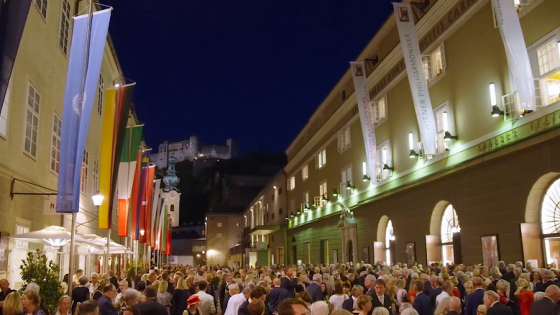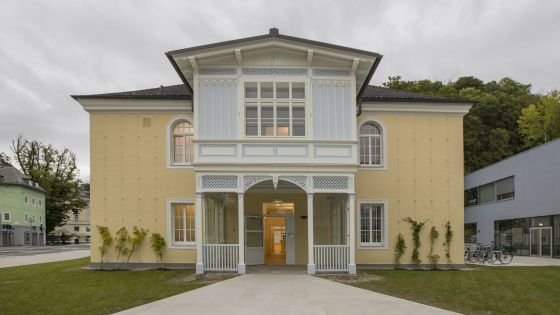EXPO 2025 Osaka
The Salzburg Festival as part of the Austrian Pavilion.
Salzburg is the heart of the heart of Europe...
... it lies halfway between South and North, between Switzerland and the Slavic countries, the great Austrian poet Hugo von Hofmannsthal stated.
The Salzburg Festival was founded more than 100 years ago by Hugo von Hofmannsthal, Max Reinhardt and Richard Strauss, and is a magnet today more than ever. We are often asked what the secret of this Festival is and what makes it so special and magical. There are three main factors that make the Festival such a success:
First of all, the Salzburg Festival offers a broader artistic program than any other festival: Salzburg features opera, drama and concerts. And in the selection of works and interpretations, it also offers the broadest spectrum from Mozart, the genius loci, to modern works, from classical interpretations to avant-garde experimentation, from Hofmannsthal’s Jedermann to Tchaikovsky’s Eugene Onegin. And only the best and most famous artists from all over the world are invited to Salzburg.
Furthermore, visitors to the Salzburg Festival can combine the enjoyment of art with vacationing. During the daytime, the unique surroundings and the lakes of the Salzkammergut make for wonderful excursions and golfing – in the evening, the Festival beckons with incomparable performances.
And finally, the Salzburg Festival has a very special flair. Salzburg’s Hofstallgasse and the entire Baroque old city center form the Festival’s backdrop.
We look forward to seeing you in Salzburg this summer!
Salzburg Festival
Great World Theater – A Short History of the Salzburg Festival
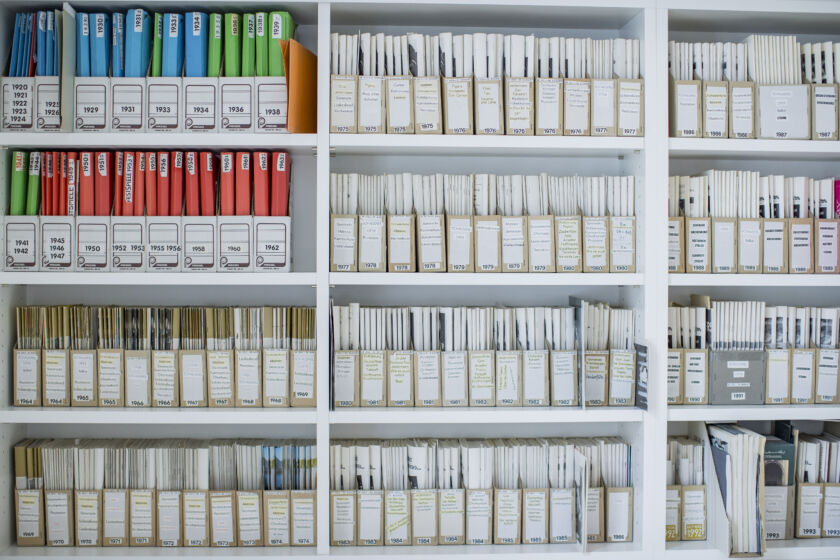
What began with a drama performance on a square in the historical city center (because building a theater was unaffordable) has become the most important classical festival in the world today. Much has changed since then.
The idea of holding regular celebrations of music in honor of the city’s greatest son – Wolfgang Amadeus Mozart, naturally – arose long before the Festival’s founding in 1920. However, this idea only took on concrete shape toward the end of World War I, when a circle of people around the director and impresario Max Reinhardt, the poet Hugo von Hofmannsthal, and the composer Richard Strauss revived these plans.
Through the idea of a festival, the “founding fathers” tried to wreak order from the post-war period of chaos. After the breakdown of the Austrian monarchy, theater as a festive institution was to foster tradition, national identity, and a sense of communality. The Festival became a project against the identity crisis and the loss of values not only of individuals, but also of entire peoples. And the best place to implement their audacious project seemed to the founders to be Salzburg, with its natural and architectural charms. “Salzburg is the heart of the heart of Europe,” as Hugo von Hofmannsthal put it so beautifully.
On 22 August 1920, everything was ready: Hugo von Hofmannsthal’s Jedermann was first performed in Salzburg, directed by Max Reinhardt, outside the Cathedral, where it is still enacted today. Ever since, the “play of the rich man’s dying” has graced the program every year – with only two exceptions: from 1922 to 1925 and from 1938 to 1945. It has long become an icon and trademark of the Festival.
The next year, 1921, already saw additional orchestra and chamber music concerts. And when the three da Ponte operas by Mozart – Don Giovanni, Le nozze di Figaro, and Così fan tutte – were performed for the first time in 1922, the Festival had found its core structure, valid to this day: operas, plays, and concerts – and, as Hugo von Hofmannsthal demanded in his founding manifesto, “the highest of all of them”. Or, as we would say today: the best. Thus, quality was the Festival’s founding guideline.
After a brief setback – the 1924 season had to be canceled for lack of funding – the event grew continuously. More performance days and additional venues now became regular innovations. In 1925, the name of the Vienna Philharmonic first graced one of the Salzburg Festival’s playbills. Since then, the orchestra has been the musical heart of the Festival, having given approximately 2,300 opera performances and 850 concerts to this day.
Between 1933 and 1937, the Salzburg Festival represented a symbol of the national and cultural independence of Austria to the outside world. Artists such as Arturo Toscanini and Bruno Walter worked ceaselessly to internationalize the Salzburg Festival, which positioned itself artistically and ideologically as an “Anti-Bayreuth”, in opposition to the National Socialists who already ruled Germany. During the summers, the city became a meeting place for international high society.
The annexation of Austria by Hitler-Germany in 1938 and Nazi cultural policy changed the Festival: several composers and works were now banned; artists stayed away or were forced to, as, for example, Max Reinhardt. After the attempt on Hitler’s life in 1944, the Festival had to be canceled entirely. And then, a small miracle took place: only three months after the war had ended in Europe, in the summer of 1945, the American occupying forces permitted and supported the Festival’s taking place again.
Although the city was heavily damaged by bombing raids, although soldiers and refugees crowded the city and despite the shortage of the most important supplies, most of all food – once again, as after World War I, the Festival’s political mission carried the day: General Mark Clark, the high commander of the American occupying forces that governed Salzburg until the 1955 Treaty, chose the opening of the Salzburg Festival for his first public appearance in Austria, as he considered this a “celebration of the rebirth of cultural freedom”.
As early as 1948, one man appeared center-stage whose name is still indelibly linked with the Salzburg Festival: Herbert von Karajan. A native of Salzburg – he was born only a few hundred meters from today’s Festival district – he conducted an incredible number of 247 operas and 90 concerts here between 1933 and 1989. He also directed 14 opera productions himself. Karajan focused on music, and especially on internationalization. He managed to entice high-carat world stars to Salzburg, along with the guests from all over the world who followed them. In 1960, he opened the newly-built Grosses Festspielhaus, whose concept he had influenced essentially. In 1967, he founded the Easter Festival and in 1973 the Salzburg Whitsun Concerts. Herbert von Karajan was also an essential figure in the development of multimedia use of recordings. Earlier than most other artists, he recognized the huge potential of modern media to conquer new audiences worldwide.
When Herbert von Karajan died in 1989 during the rehearsals for Verdi’s Un ballo in maschera, the Festival lost its leading figure – resulting in a vacuum which had to be filled gradually. Gerard Mortier became the new artistic director. With competence and infectious passion, he considered it his mission to modernize and rejuvenate the Festival. He focused on contemporary music, exciting productions of the classics, and an accent on drama – strategies which brought a new audience to Salzburg.
One special year in the 100 years of Festival history was 2006, thanks to Peter Ruzicka, the artistic director at the time. The Salzburg Festival celebrated the 250th birthday of Wolfgang Amadeus Mozart by performing all 22 of his operas, making Salzburg the world capital of Mozart interpretation, which found enormous resonance in the international media and met with enthusiastic acclaim from the audience.
In 2012, Italian mezzo-soprano Cecilia Bartoli became the first female artistic director of the Whitsun Festival and five years later, in 2017, Markus Hinterhäuser took up the position of artistic director of the Summer Festival. “A festival must be an epicenter of the extraordinary,” is his credo. This means more than a random series of events with as prominent casts as possible. The festival is to create special artistic constellations, offering not mere diversion, but an invitation to think. This too was one of the founding ideas of Max Reinhardt and Hugo von Hofmannsthal, and it remains the mission and the source of strength of the Salzburg Festival for the coming century as well.
In 2020 – in the middle of the pandemic – the Salzburg Festival celebrated its centenary and once again wrote history. As in 1920, the Salzburg Festival again was able to make a statement for the power of the arts in powerless times and to revive the founding idea in a truly meaningful manner: with a detailed security concept that was later copied by cultural institutions around the world, the Salzburg Festival offered 110 performances over 30 days at 8 venues, streamed simultaneously to the whole world.
This extraordinary achievement in 2020 reflects the continued relevance of the Salzburg Festival and underlines its ability to adapt to the challenges of the times. Just as the Salzburg Festivals Memorandum calls for: A festival in the 21st century, more than ever, means facing up to the realities of a world that is changing at a rapid pace. Festivals of the future must not only take note of the course of time, they must also act wisely and creatively. More than ever, they must be able to face the reality of a digital world, and they must offer a counter-model to the designs of arbitrary technical reproducibility.
The Vienna Philharmonic – Orchestral Heart of the Salzburg Festival
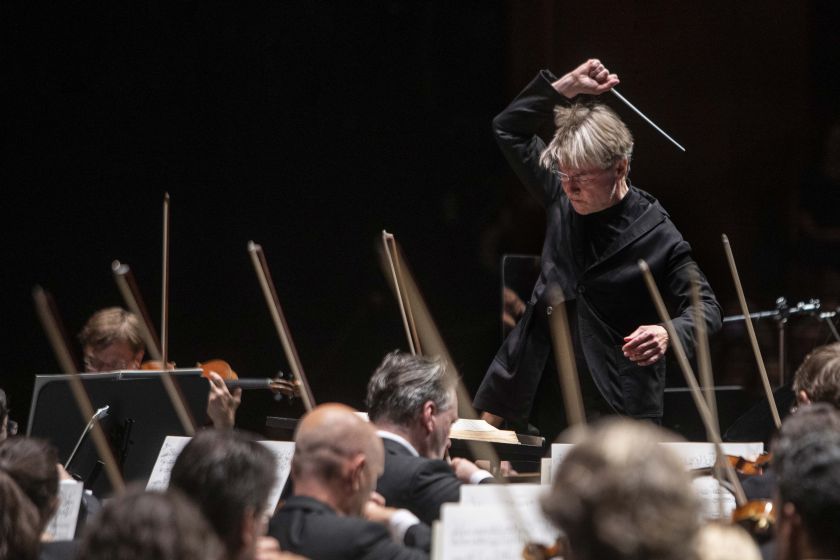
The Vienna Philharmonic is part of the identity of the Salzburg Festival. And the Salzburg Festival, in turn, is a good part of the identity of the Vienna Philharmonic.
It is a happy coincidence that the year 1842 marked an important new beginning in the musical life of Vienna and Salzburg. Otto Nicolai founded the most famous symphony orchestra in the world, starting with the musicians of the Vienna Court Opera: the Vienna Philharmonic. In Salzburg, resolute citizens pulled the small town, which had fallen into complete oblivion, from the mire of poverty by a special cultural deed: they collected funds to erect a monument to Mozart, a reminder of the city’s great son, whose name at the time was only associated with Vienna in many people’s minds. The fact that the monument was erected on the foundations of a Roman villa inscribed with the motto “Hic habitat Felicitas” – Here lives Happiness – was a good omen.
In the history of the Vienna Philharmonic, Salzburg occupies a special position, being the site of its first performance outside of Vienna, in 1877. In 1922, members of the orchestra performed the Festival’s first opera and since 1925 its summer residency in Salzburg has been a fixture in the orchestra’s annual calendar.
During World War II, the orchestra offered an unforgotten proof of its profound connection with Salzburg by bridging the year 1940, in which the Festival could not take place, with a Salzburg concert cycle at its own expense. Another deeply moving event was the last performance of the Vienna Philharmonic in the presence of Richard Strauss. After the dress rehearsal of his opera Die Liebe der Danae on 16 August 1944, he took leave of the orchestra with the words: “Gentlemen, I hope we meet again in a better world.” Unfortunately, this wish was not granted. After the failed attempt to assassinate Hitler, the Festival was canceled. The opera’s first performance only took place after the composer’s death, at the 1952 Salzburg Festival.
To this day, the Vienna Philharmonic has given more than 2,300 opera and 860 concert performances at the Festival. The orchestra may therefore rightfully claim to have made an essential contribution to the Festival’s reputation as one of the world’s best. From the beginning, the orchestra set the musical standards for which Salzburg was to become famous. Without the Vienna Philharmonic, there would be a festival in Salzburg, but it would not be the Salzburg Festival.

